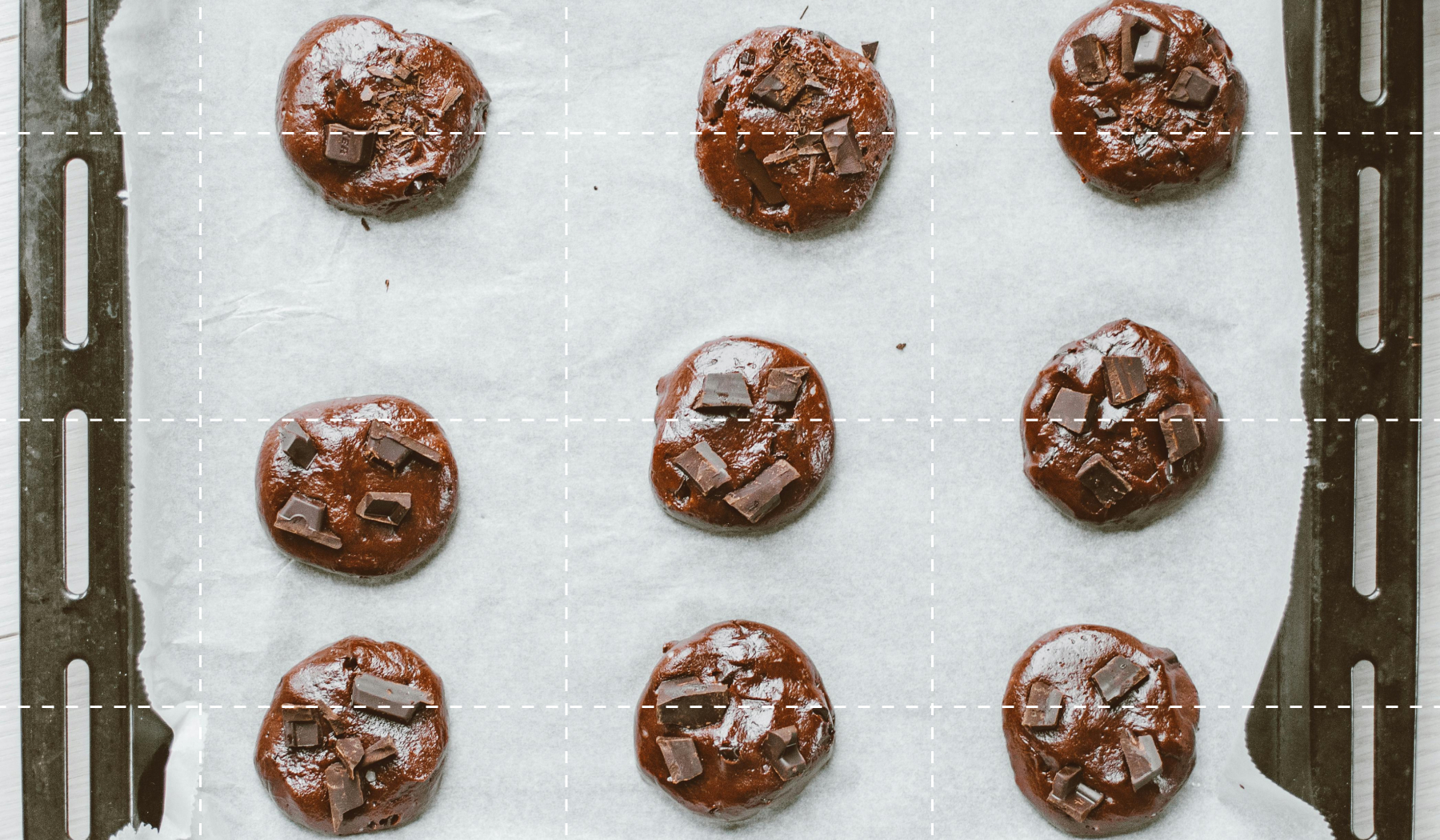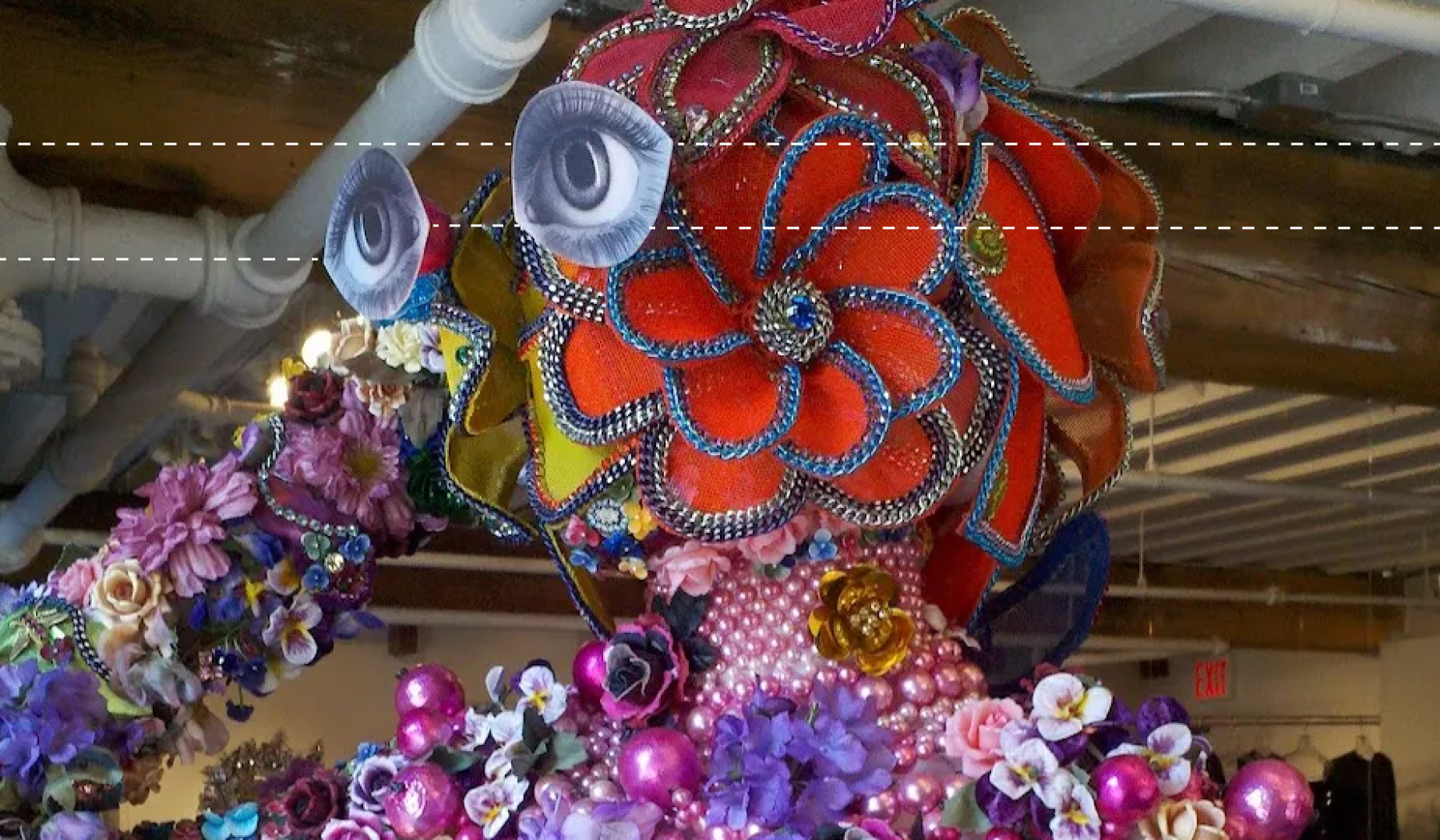Playing it safe isn’t the smart strategy that big established brands think it is.
Just in the last few weeks, we’ve seen:
Kraft Heinz splitting in two
What’s going on?
.jpg)
Safety Dance
What looks like innovation inside legacy consumer packaged goods companies is really just fiddling at the edges—cosmetic twiddling with storied brands. This sort of ‘safe innovation’ is a drag on performance for big consumer-facing companies.
It’s hardly shocking: volume growth among the top 50 CPG companies has been slowing; instead, companies have used price to jack up the top line. But pricing can only offset declining volume for so long—at some point, higher prices start to have their own dramatic drag on demand.
Most brands within top CPG companies have been winners for decades. It must be hard to think of them as in decline. Instead, marketers breathe new life into big brands through incrementalism. Brands are collab-ing and riffing and extending, but game-changing innovation is in short supply.
Look, for example, at all the different flavors of Coke that exist right now: coffee, orange cream, lime, ginger lime, etc. But where’s the new play in soft drinks? If it’s anywhere, it’s in smaller companies with less to lose. Just ask Pepsi, who recently paid almost $2 billion for Poppi.

No New Cookies
Why no big bets? No one wants to feel exposed. With CEO tenures shorter than ever, managing risk is job one. So we’re seeing Post Malone Oreos and no truly new cookies. It’s all safe innovation: new (just barely), low-risk, and perfect for the mighty mashup world of social media.We’re in an era of incrementalism.
We’re biohacking old brands instead of inventing new ones. Just like biohacking, we make lots of tiny changes hoping for big results. Unfortunately, the results are often tiny, too. Or even worse: tiny changes build up over time into something rococo and monstrous.
This ‘Rococo Strategy’ is not a failure of good ideas. Instead, it’s a failure of experimentation. Big CPGs are learning to experiment, but what’s in the test tube is usually some form of gilding the lily; rarely is it testing big new concepts. Testing on the margins, A|B testing, and so on are not going to deliver breakthroughs.
Will AI offer a solution? People talk about AI’s ability to generate a host of new ideas for the innovation process, to evaluate and prioritize them and maybe even test them out on synthetic personas. Perhaps that will help to make big brands more comfortable with big bets. It’s possible, however, that AI’s ‘recycling’ approach to idea generation may lead to more tinkering, more Venn-diagram collabs, more tweaked logos—and more slow growth.

Courage, My Friends!
There are real costs to Rococo Strategy, which we define as an excess of ornamentation on a solid foundation. The obvious one is product line proliferation. All those SKUs of Coke are great for boxing out other brands on the shelf, but it’s a lot to manage. Worse, it’s a defensive move: it’s not moving the revenue needle meaningfully.
But the cost of Rococo is also informational: it’s harder to see the erosion of the underlying brand when there’s so much decoration on top.
How does Rococo Strategy play out? Probably in acquisitions. There’s a whole crop of new CPG brands springing up in food, beauty, and other CPG industries that may, like Poppi, be absorbed into industry giants with superlative distribution and terrific rococo-ification capabilities.
But really, big brands, why not big moves? Why not develop ideas that move the needle for your company and category? Or better yet, why not create the future for your industry?
Often it's because of the risk. The bigger the move the bigger the potential liability to the company and to people's own career.
Testing new ideas is a way to de-risk big initiatives. Even if it comes at the cost of someone—a competitor—seeing your experiment in the wild. There’s simply too much to lose by not experimenting. We’re seeing it in recent headlines. Time to get out there with some big ideas
